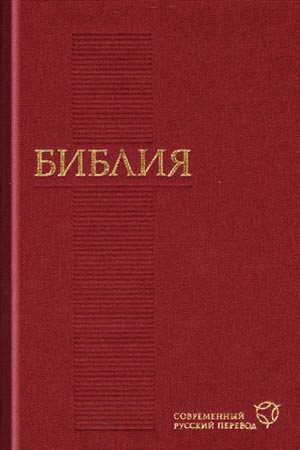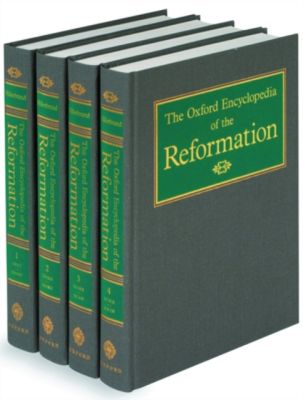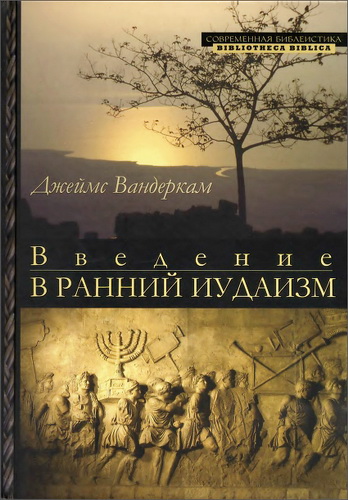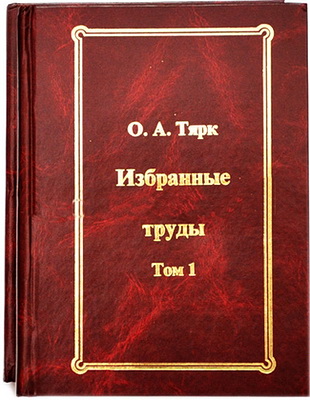
Hillebrand - The Oxford Encyclopedia of the Reformation
Hans J. Hillebrand - The Oxford Encyclopedia of the Reformation
Oxford: Oxford University Press, 2005. – 2016 p.
eISBN: 9780195187571
The Reformation of the sixteenth century, the subject of this encyclopedia, has a long and impressive history of scholarship. Until fairly recently, it had always been easy to define. “Reformation” meant the mainstream Protestant Reformation, and the argument ran that this Reformation was, regarding both religion and European society as a whole, the single most critical phenomenon of the sixteenth century. Scholarship on the Reformation was dominated by Protestant historians, who saw in the events of the sixteenth century the unfolding of eternal truth as revealed in the teachings of the Protestant reformers. Moreover, since much of this scholarship was carried out in Germany, German Reformation scholars were predisposed to make a connection between such truth and subsequent German history: the nineteenth and twentieth centuries were seen as the glorious unfolding of what, in fact, had begun in the sixteenth century—until the specter of Nazi totalitarianism prompted the nagging thought that this connection might be true in a completely different way. In addition, the time before the Reformation was labeled a period of perversion and superstition, and no authentic Christianity was said to have existed between Patmos (where John is said to have written Revelation) and Wittenberg. Catholic scholars, much like the Catholic protagonists of the sixteenth century, found themselves on the defensive, and their emphasis on the existence of a vibrant Roman Catholic church on the eve of the Reformation did not gain widespread acceptance.
* * *
Luther's Catechisms.
Originally written for two different audiences, Luther's catechisms share the same structure and theological assumptions, although diverging in size and use. The Small Catechism (1529) was written for parents to use in the instruction of their children; the Large Catechism (1528–1529) was prepared for pastors and teachers for their own instruction as well as that of parents. The Small Catechism quickly became, with the Augsburg Confession, one of the most influential documents of Lutheranism.
The late 1520s were a critical time in the Lutheran reform. Apocalyptically driven, hoping for a conciliar settlement that would honor scriptural priority and renew the church's preaching, Luther and his followers had initially pursued their movement of reform rather spontaneously, seeing no need for long-term planning or political considerations. In 1526 the situation changed. Emperor Charles V had covened a diet at Speyer to deal with the blatant ineffectuality of the Edict of Worms. Further conflicts with Süleyman I made it impossible for Charles himself to attend. Strong reform sentiment as well as jealeously guarded territorial autonomy prompted a recess of the diet, and the reformers subsequently interpreted this as giving them a local option clause—the freedom legally to reform the churches in their territories.
Intent on dealing with the religious and theological life of the congregations themselves, Luther in 1526 proposed he use an ancient practice for the furtherance of reform: church visitations. Committees that included theologians as well as lawyers and other government officials would visit the parishes, assessing the conditions within them and making recommendations for reform. The conditions the parish visitators found were appalling, especially to a humanist as sensitive as Philipp Melanchthon, who was anxious about public morality. Drunkenness, fornication, spiritual indolence, and ignorance were found to be widespread among the clergy as well as the laity.
Alarm over these findings led to the first public controversy within Lutheran reform. Anxious to redress the circumstances, Melanchthon in his drafts of the “Instructions to Parish Visitors” proposed moral reform on the basis of the Ten Commandments. A long-time friend and colleague of his and Luther's, Johann Agricola, objected stridently, insisting that the gospel, the message of God's grace in Christ, would bring about the required changes. The resulting conflict, extending through the summer into the fall of 1528, required Luther to reflect on the role of the law and the gospel in public life.
“Catechism” as a form of instruction for children and others was an old medieval tradition. For example, Augustine wrote an Enchiridion, or handbook, to the Christian life. Many of the numerous other catechisms included the Apostles' Creed, the Lord's Prayer, and other forms of devotion. Early in the German Reformation Luther encouraged his friends, including Melanchthon and Agricola, to write catechisms but was dissatisfied with the results. In 1528–1529 he put his own hand to it, writing the two documents that he later named together as the “Catechism,” identifying them with De servo arbitrio (The Bondage of the Will) as the best he had written.
Luther's conservative nature is evident in the structure of the work. He took as the basis the Ten Commandments, traditionally used for moral instruction in Catholicism; the Apostles' Creed, since the time of Charlemagne the primary statement of faith in the Western church; and the Lord's Prayer, the prayer most commonly used in the church. These three Luther himself often referred to as the “Catechism,” considering them the primary instruction in matters of faith.
To these three parts Luther added statements on the sacraments of baptism and the Lord's Supper. Shortly after the catechism was published—the Small Catechism having been printed on large sheets to be hung in family kitchens—sections were added on the office of the keys and on confession and absolution. Later additions include daily prayers and a table of duties.
The innovation in Luther's catechism, controversial among Lutherans as well as with other traditions, was its structure. The Ten Commandments were first, followed by the Apostle's Creed, the Lord's Prayer, baptism, confession and absolution, and the Lord's Supper. Explaining himself, Luther appealed to experience, arguing that people must first of all know what to do and to leave undone (the commandments) before learning of the help God gives (the Apostles' Creed) and how to seek and obtain such help (the Lord's Prayer).
This argument reflected Luther's settlement of the controversy between Melanchthon and Agricola. Luther thought that the believer is free from the claims of the law. But invoking the natural law tradition, with his own modifications, he also affirmed that the requirements of creaturely life condition all relationships. The Ten Commandments sum up the minimum requirements of daily life in relation to God (the first three commandments) and the neighbor (the remaining seven). Thus “you shall” and “you shall not” are not voluntaristic appeals to a particular religious code of behavior; they are an indication of what life itself demands.
Within the context of these demands, summed up in the first article of the Apostles' Creed, Christ's work occurs, making the believer “glad and content” to be a creature once more, subject to the work of the Spirit in bringing about the confession of both sin and faith. It is from this context that the believer calls out in prayer, appealing to God for help, living with the demands while at the same time hearing the promise of God's sustaining grace in Christ.
The Small Catechism's spare elegance and directness quickly won it a commanding place in the Reformation and the Lutheranism that followed. It has been translated into all the languages of the Lutheran church and memorized by generations of children, including Johann Sebastian Bach, who wrote a musical exposition of it.
In the sixteenth and into the seventeenth century, the Large Catechism was commonly read as part of Lutheran services in Germany. Despite its larger size, it has always been the lesser used of Luther's catechisms.
See also Catechisms.
Bibliography
- Aland, K. Der Text des Kleinem Katechismusin der Gegenwart. Gütersloh, 1954.
- Girgensohn, Herbert. Teaching Luther's Catechism. Philadelphia, 1959.
- Meyer, Johannes. Historischer Kommentar zu Luthers Kleinem Katechismus. Gütersloh, 1929.
- Reu, Johann Michael. Dr. Martin Luther's Small Catechism: A History of Its Origin, Its Distribution and Its Use (1929). Reprint, Saint Louis, 1980.
James Arne Nestingen





Комментарии
Пока нет комментариев. Будьте первым!